Beyond Wonder Woman: 12 Mighty Female Warriors
Amazon princess

The 2017 movie "Wonder Woman" (in theaters June 2) is a long-awaited feature film about the mythical Amazon princess who made her first appearance in the DC Comics title "Sensation Comics," in 1942.
Since then, Wonder Woman, aka Diana Prince, has long reigned as a rare figure in the world of comics superheroes — a woman who is preternaturally strong and skilled in battle.
But while Wonder Woman is fictional, she has no shortage of real-world precedents. Throughout history and across cultures, women have outlined military strategies and stormed battlefields, leading armies of both men and women, proving themselves to be fierce fighters and highly skilled leaders.
Here are just a few examples of these exceptional women warriors.
Fu Hao (died 1200 B.C.)

The earliest known female general of the Shang Dynasty, Fu Hao, lived about 3,000 years ago during China's Bronze Age, according to a biography published in 2002 in Women in World History: A Biographical Encyclopedia (Yorkin Publications).
Her exploits were preserved in fragments of text scratched into bone and tortoiseshell; one account, in the collection of the Gulbenkian Museum of Oriental Art and Archaeology in England, describes her leading 3,000 soldiers in a regional campaign.
Archaeologists learned even more about Fu Hao's military rank and prowess when they unearthed her tomb near Anyang, China, in 1976. More than 100 weapons were found buried in her tomb, confirming her status as a high-ranking military leader, according to the British Museum. Her tomb also included thousands of ornamental objects and vessels in bronze, jade, bone, opal and ivory, as well as the remains of 16 slaves who were buried alive to serve her in the afterlife.
Boudicca (circa first century A.D.)
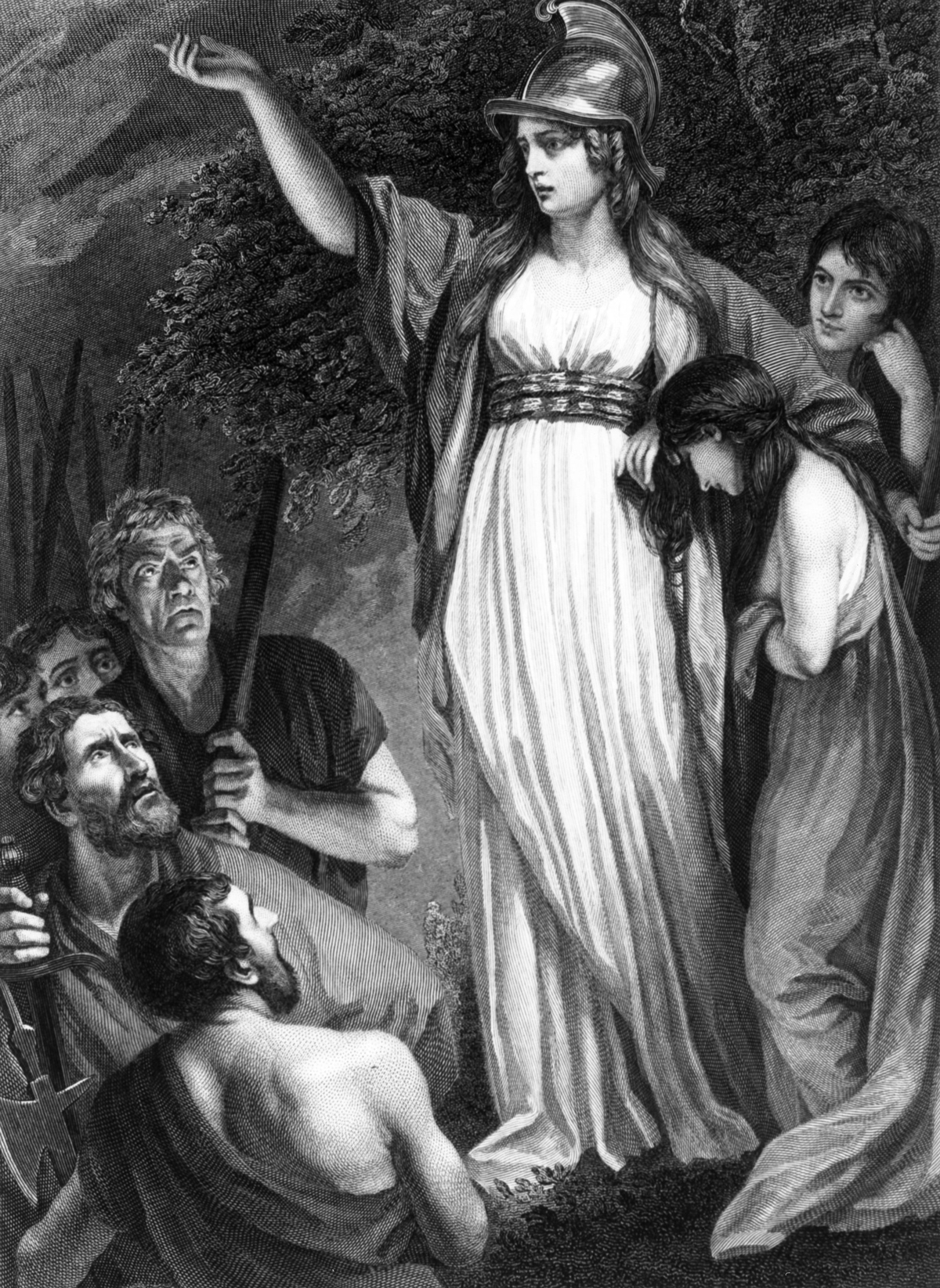
During the Roman invasion and occupation of southern England in the first century A.D., a woman named Boudicca led the Iceni people, a tribe of eastern Britain, in an uprising against interlopers.
Accounts recorded by the Roman historian Publius Cornelius Tacitus (56 – 117 A.D.) describe Boudicca's emergence as a rebel and leader when the Romans confiscated her lands and revoked the tribe's status as Roman allies, following the death of her husband, Iceni king Prasutagus, the Ancient History Encyclopedia recounted.
Boudicca's military campaigns razed the Roman settlements of Verulamium, Londinium and Camulodunum, brutally massacring the inhabitants. But her army was decimated at the Battle of Watling Street near Shropshire, in 61 A.D., ending the rebellion against Rome, according to the Encyclopedia Brittanica.
Gudit (circa 10th century A.D.)
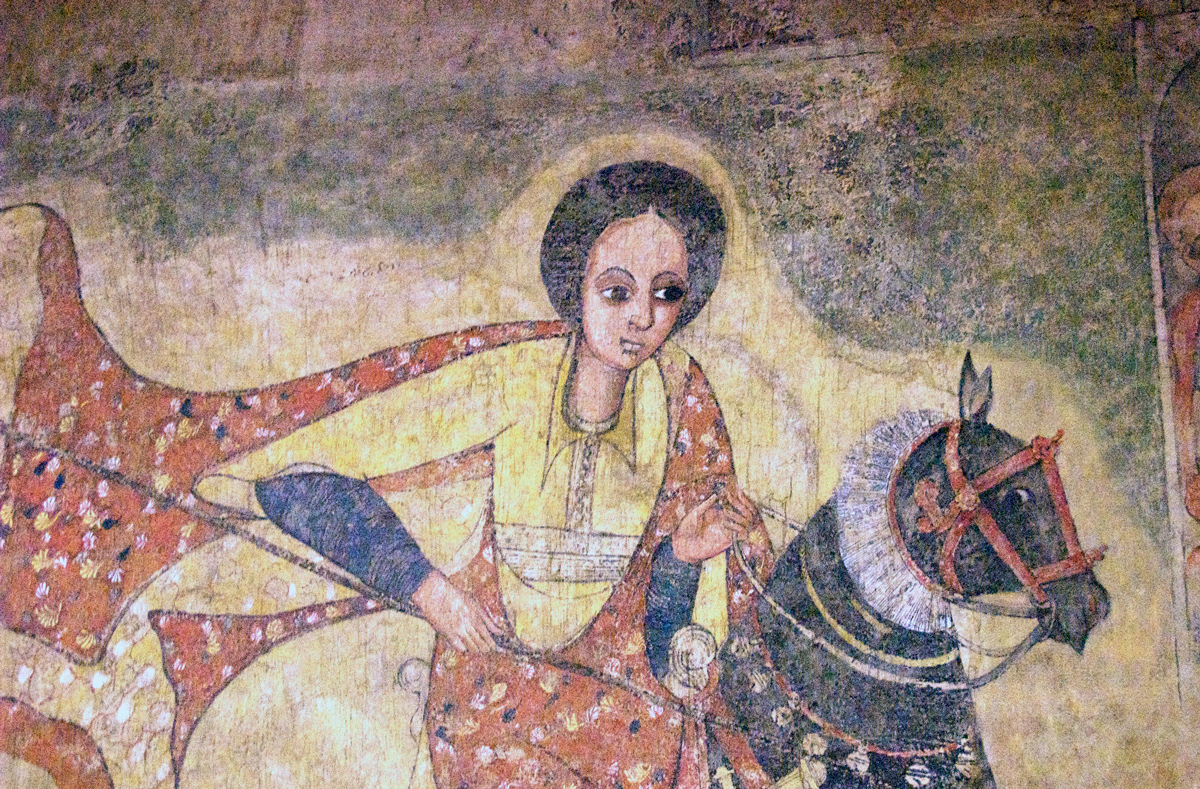
"It is well known from relatively recent Ethiopic tradition that Ethiopia was once ruled by a queen called Gudit, Yodit, Isat or Ga'wa," according to a study published in 2000 in the journal Bulletin of the School of Oriental and African Studies.
However, it is unclear where this warrior queen came from, and some scholarly accounts claim that she was Jewish by descent or marriage, the study suggested.
The historian Ibn Haukal wrote of a queen who ruled Abyssinia — now Ethiopia — during the 10th century, the study author wrote, and a letter penned in 980 A.D. mentions an Ethiopian queen who rose to power by murdering the current king and who went on to reign for decades. She campaigned against Christians and "imprisoned many Ethiopians, burned towns, [and] destroyed churches," according to the study.
Tomoe Gozen (circa 1157 – 1247)
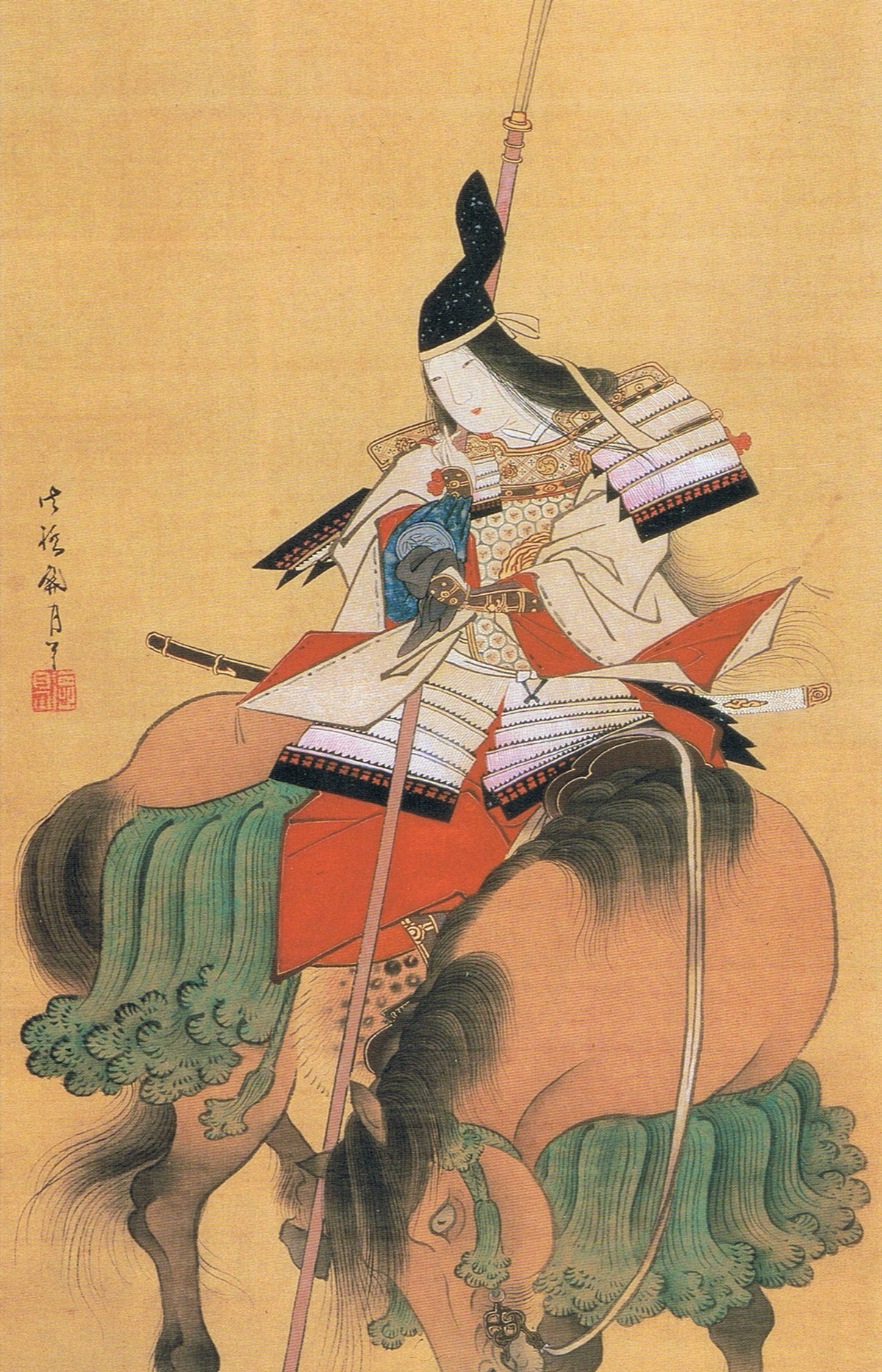
Legendary female samurai Tomoe Gozen first appeared in the Japanese military epic "The Tale of the Heike," a series of narratives about the lives and battles of those who fought in the Genpei War of the 12th century, with stories handed down orally for generations until they were first recorded in the 14th century.
Gozen was described as a skilled archer who fought for the general Kiso Yoshinaka; she wore heavy armor and carried an oversized sword and a large bow, and when Yoshinaka was attacked and mortally wounded she defended him fiercely, grappling with a rival samurai and lopping off his head, according to a description of the tale by the Japan Times.
"She was a fearless rider, whom neither the fiercest horse nor the roughest ground could dismay, and so dexterously did she handle sword and bow that she was a match for 1,000 warriors, fit to meet either god or devil," the description read.
Ana Nzinga (circa 1583 – 1683)
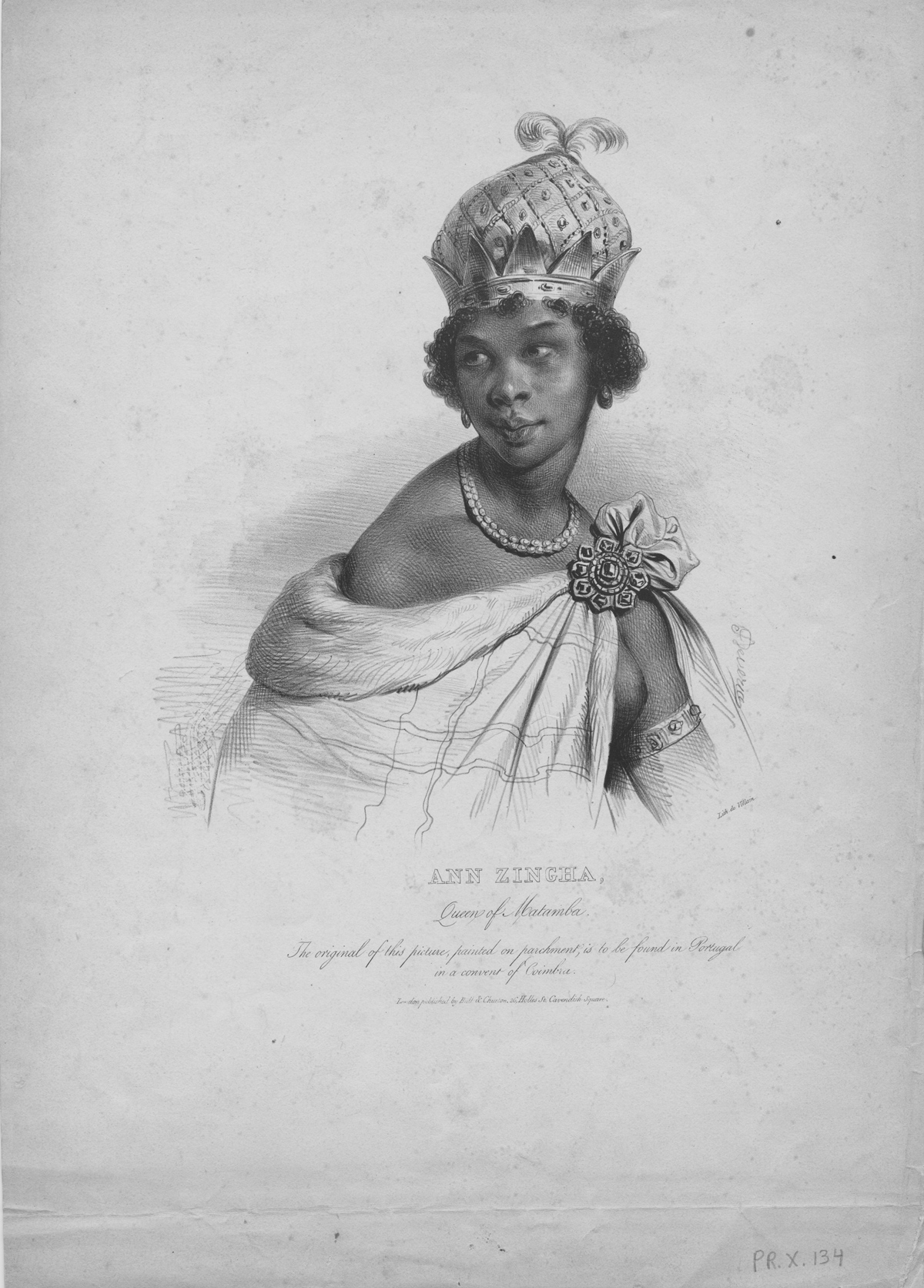
Ana Nzinga ascended to rule as queen of Ndongo, an African state in what is now Angola, in 1624. She quickly formed an alliance with Portugal to protect her people against attacks from rival African kingdoms, and to end Portuguese raids in Ndongo for the slave trade, according to a description published online by the Metropolitan Museum of Art.
But when Nzinga was betrayed by her Portuguese allies, she fled west to the kingdom of Matamba, where she welcomed runaway slaves and African soldiers to strengthen her army. Though no longer in Ndongo, she supported resistance efforts there, and introduced communal militia organizations in Matamba to raise young boys apart from their families and train them as fighters.
Nzinga continued to push back against Portuguese control of Angola by allying with the Netherlands and developing trade within Matamba, to compete with Portugal commercially. She personally marched into battle with her troops until she was in her 60s, finally brokering a peace treaty with Portugal in 1657 and devoting her remaining years in power to rebuilding her war-torn country.
Khutulun (1260 – 1306)
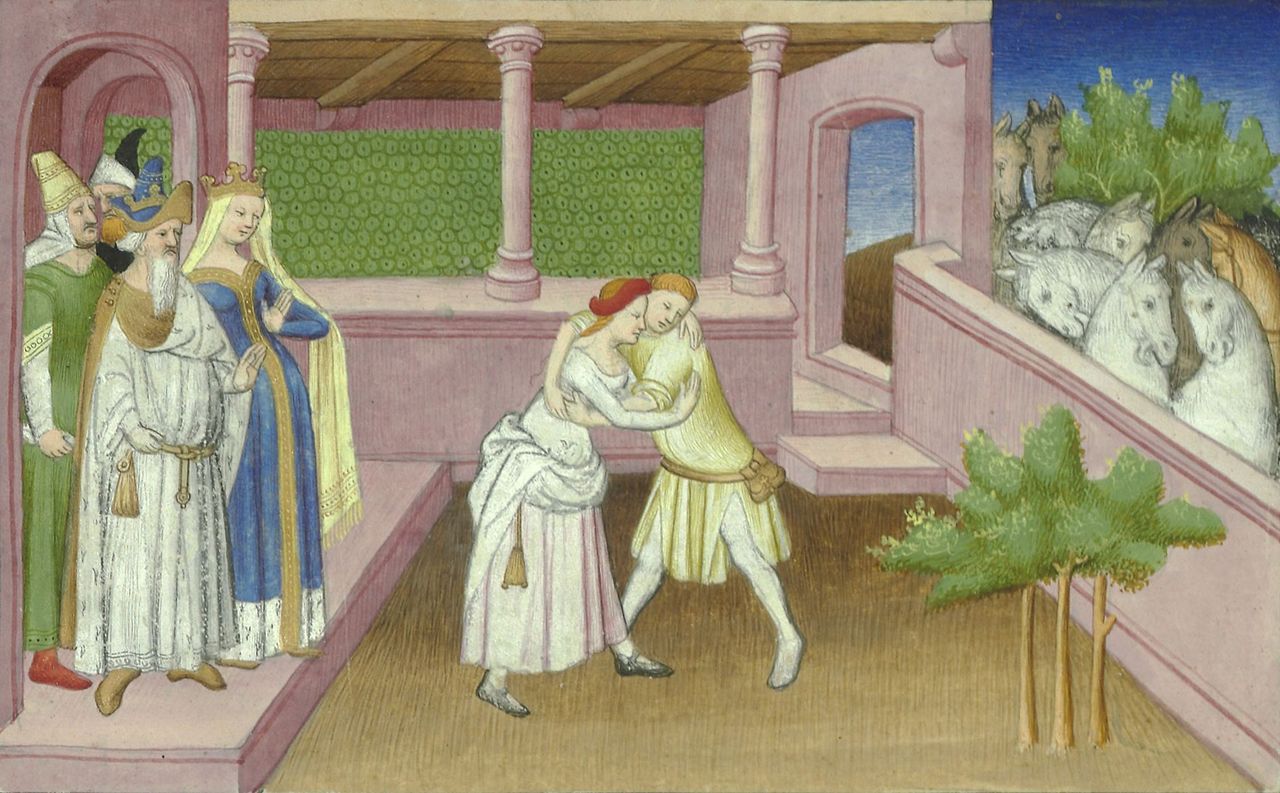
In 13th-century Mongolia, the wrestling ring was dominated by a woman that no man could defeat. Her name was Khutulun and she was a great-great-granddaughter of Ghengis Khan, but her reputation emerged from her own strength and prowess as a wrestler, archer and horsewoman, Lapham's Quarterly reported.
The so-called "wrestler princess" grew rich from her triumphs in public wrestling competitions, where she beat every man that she faced. But she enjoyed equal success on the battlefield, fighting alongside her father to defend the steppes of western Mongolia and Kazakhstan against Kublai Khan, the Mongol leader who successfully invaded China.
Her battle exploits were observed by Venetian explorer Marco Polo, who wrote of her riding swiftly toward the enemy forces, where she would grab one of the hapless soldiers "as deftly as a hawk pounces on a bird, and carry him to her father."
Mai Bhago (circa 1705)
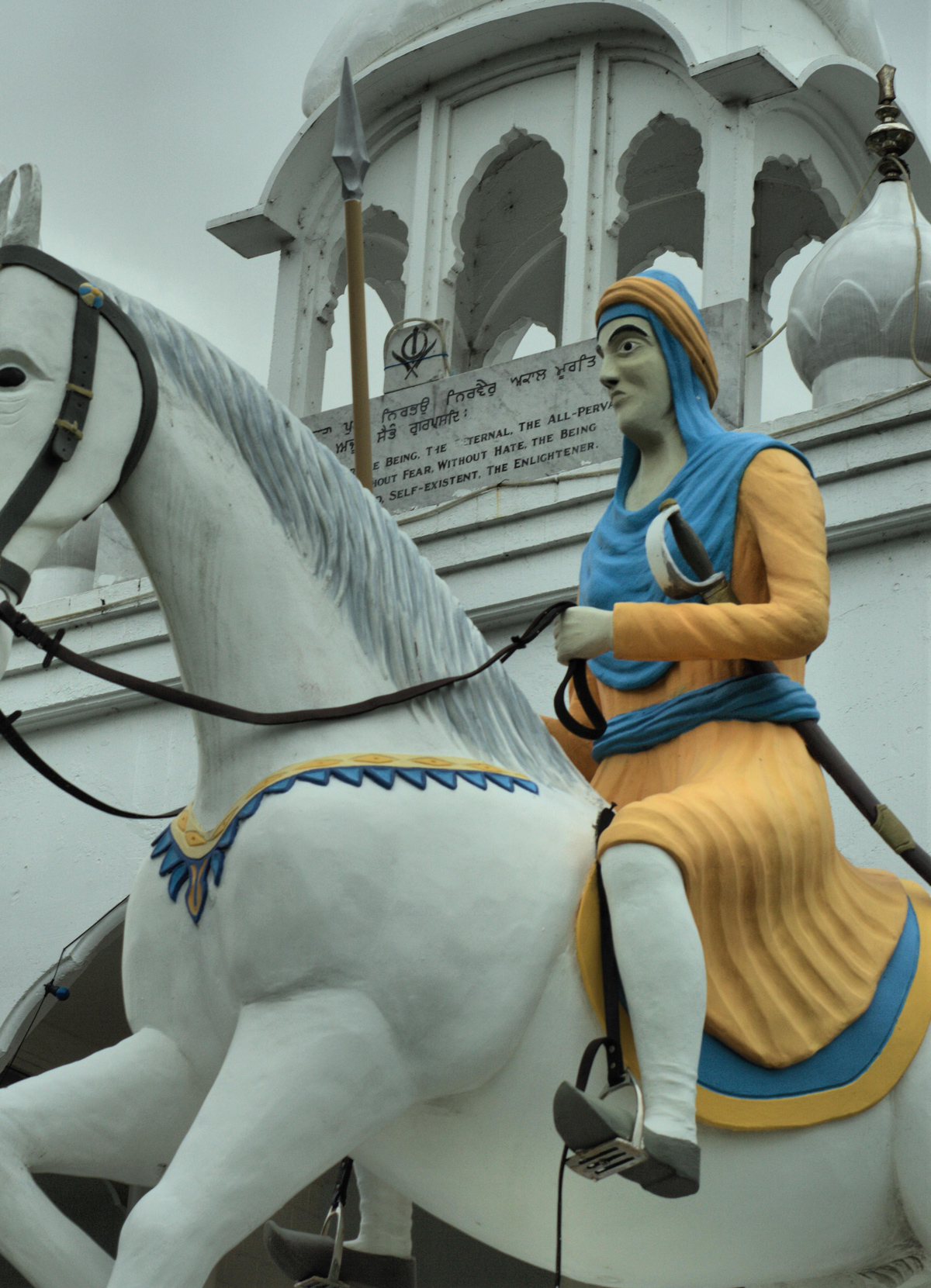
In 1705, Sikh warrior Mata Bhag Kaur, more commonly known as Mai Bhago, led 40 Sikhs — former army deserters — during the Battle of Muktsar in Punjab, a state in northern India. They fought against soldiers of the Mughal Empire, a Muslim dynasty ruling states extending across India and Afghanistan.
Bhago shamed the deserters, who had abandoned their Sikh leader, Sri Guru Gobind Singh Ji during the siege of Anandpur in 1704. She dressed as a man and led them back into battle under her own banner, according to a biography of the female fighter on the website Sikh Heritage.
All the deserters died on the battlefield, and Mai Bhago went on to serve as the Guru's bodyguard until he died in 1708.
Rani Velu Nachiyar (1730 – 1796)
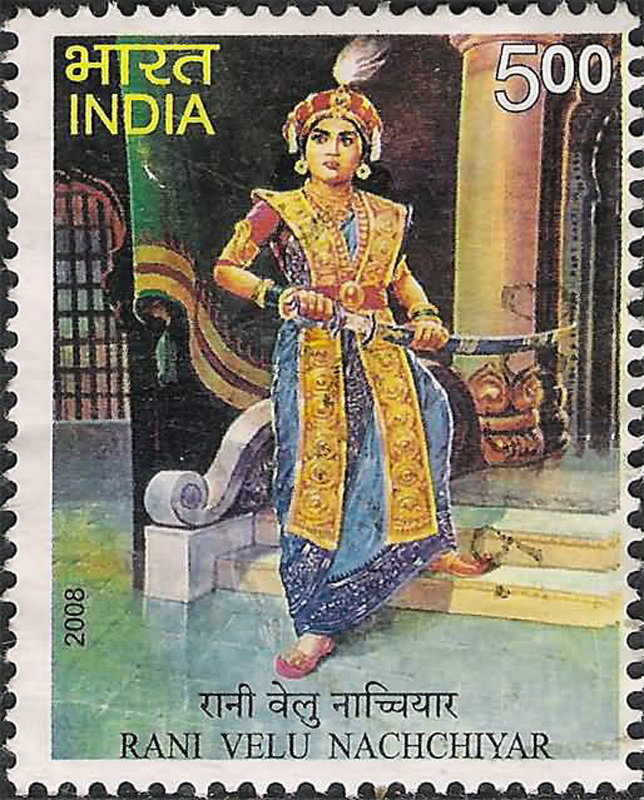
The first Tamil woman to take up arms against British colonialism in India, Rani Velu Nachiyar, grew up in the Ramnad Kingdom in South India, where she learned as a child to use weapons, practice martial arts, shoot a bow and fight while on horseback.
The British attacked her kingdom in 1772, and after her husband and daughter were killed, Nachiyar formed an army to battle the invaders, defeating them decisively in 1780. She is said to be the first military leader to use a "human bomb" in warfare — one of her female followers purportedly covered herself in oil and set herself on fire to trigger an explosion in stores of British ammunition, Bodahub reported.
Her story was recently brought to light by historian Kirti Narain, a project director for the Indian Council of Social Science Research in New Delhi. Narain uncovered previously forgotten records documenting extensive contributions by women who fought to free India from British rule, writing about Nachiyar and other warrior queens in her book "Participation and Position of Women Uprising of 1857: Redefinition of Social Status, Then and Now " (Himalaya Publishing House Pvt. Ltd., 2016), The Citizen wrote in 2016.
Micaela Bastidas Puyucahua (1744-1781)

Born in Peru, Micaela Bastidas Puyucahua's mother was descended from the Quechua people, the indigenous group living in South America's central Andes region, from Ecuador to Bolivia. And in 1780, when Puyucahua's husband Tupac Amaru led what would be a pivotal rebellion against the Spanish, she played an equal part in the uprising, historian Charles F. Walker wrote in his book "The Tupac Amaru Rebellion" (Harvard University Press, 2016).
In the revolt, Puyucahua was "the logistics chief" who devised military strategies for both defense of rebel strongholds and attacks on Spanish forces, threatening death to traitors and deserters. She oversaw the running of the rebel camp, recruited fighters, mobilized soldiers, and doled out punishment to those who resisted, even personally conducting executions.
"Both rebels and loyalists feared her wrath," Walker wrote.
The "Dahomey Amazons" (17th to 19th century)
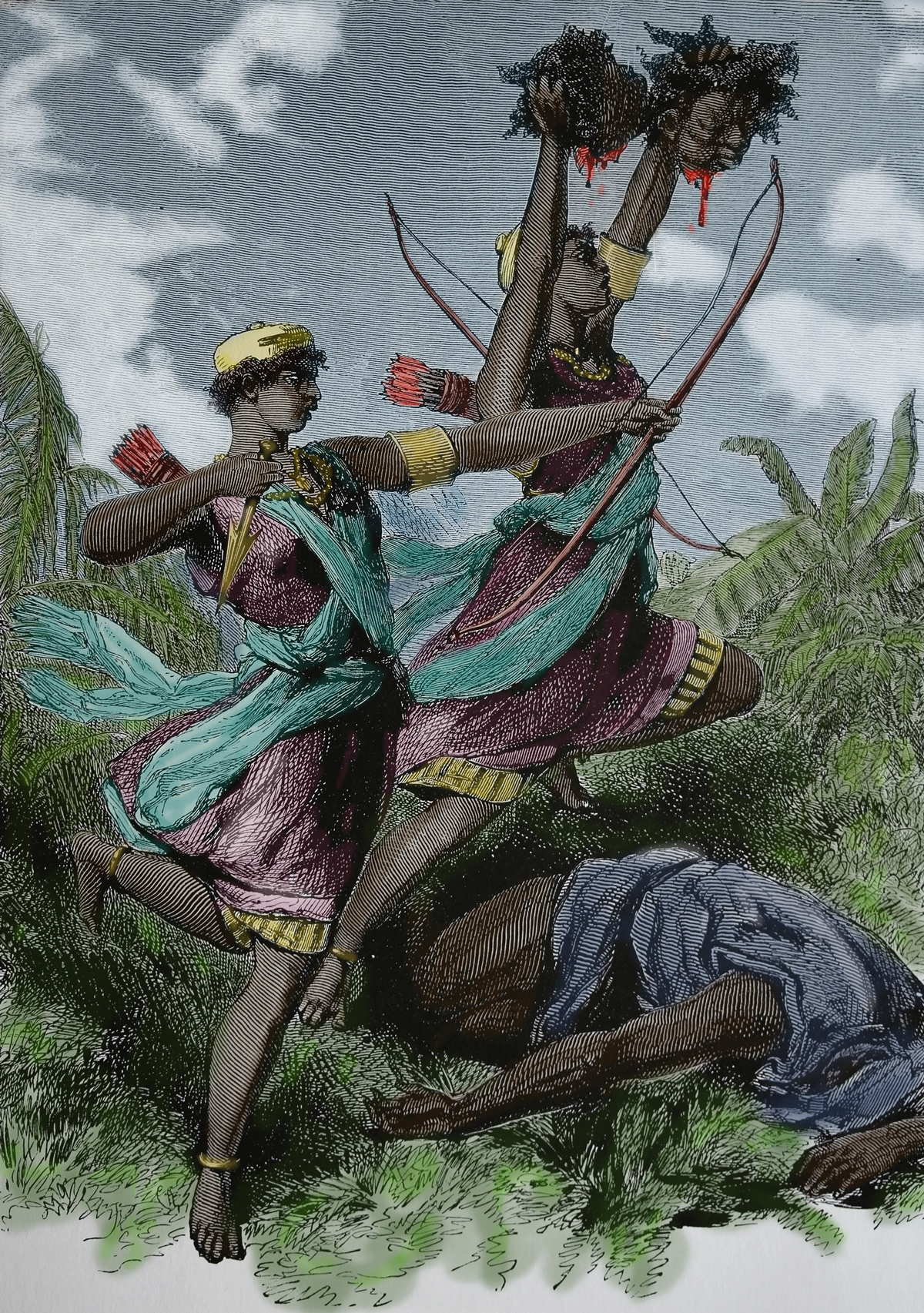
For approximately 200 years in the West African state of Dahomey, now known as the Republic of Benin, thousands of female soldiers served the king as an elite fighting force armed with clubs, knives and 3-foot-long straight razors, Smithsonian Magazine reported.
Referred to by contemporary European missionaries and soldiers as "The Dahomey Amazons," this corps of soldiers may have originated as a palace guard made up of the king's "third-class wives" — those whom he did not sleep with, and who had not given birth to children.
Their ferocity in battle was well-documented, and they inspired respect and fear among their own people. When these warriors left the king's palace, "they were preceded by a slave girl carrying a bell. The sound told every male to get out of their path, retire a certain distance, and look the other way," according to a historical account by British traveler and writer Sir Richard Burton, who visited Dahomey in 1863 and published a description of his adventures in "Mission to Gelele, King of Dahome" in 1864.
Get the world’s most fascinating discoveries delivered straight to your inbox.

Mindy Weisberger is an editor at Scholastic and a former Live Science channel editor and senior writer. She has reported on general science, covering climate change, paleontology, biology and space. Mindy studied film at Columbia University; prior to Live Science she produced, wrote and directed media for the American Museum of Natural History in New York City. Her videos about dinosaurs, astrophysics, biodiversity and evolution appear in museums and science centers worldwide, earning awards such as the CINE Golden Eagle and the Communicator Award of Excellence. Her writing has also appeared in Scientific American, The Washington Post and How It Works. She is the author of the book "Rise of the Zombie Bugs: The Surprising Science of Parasitic Mind Control," published by Hopkins Press.
